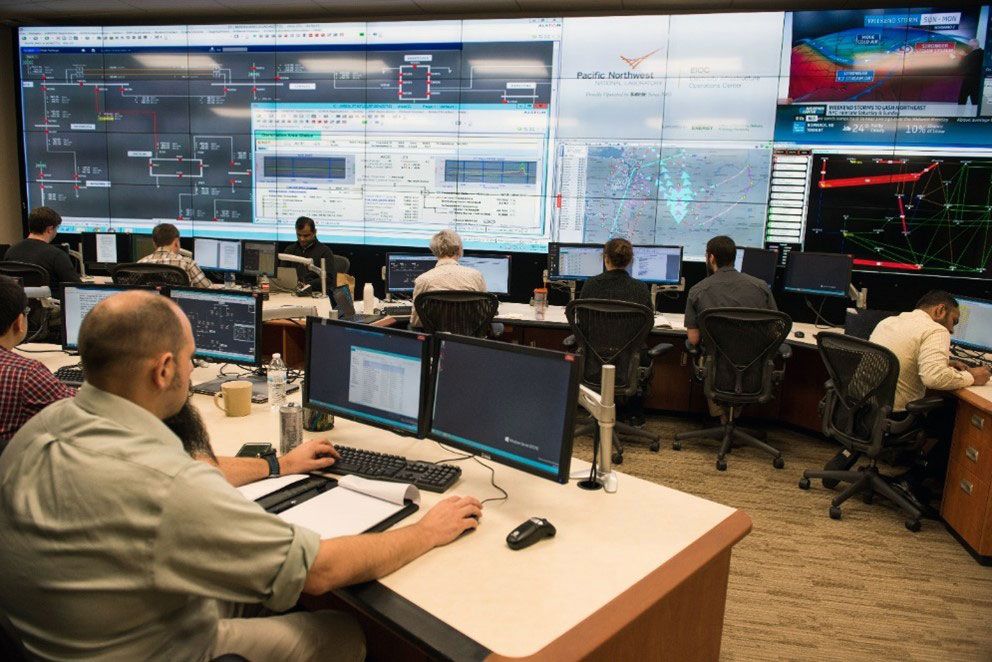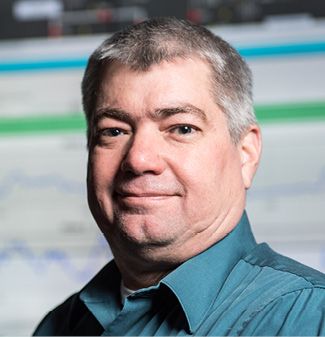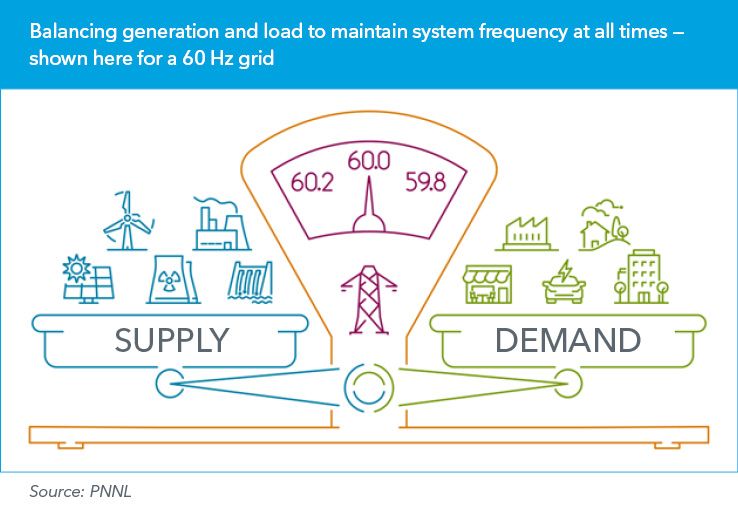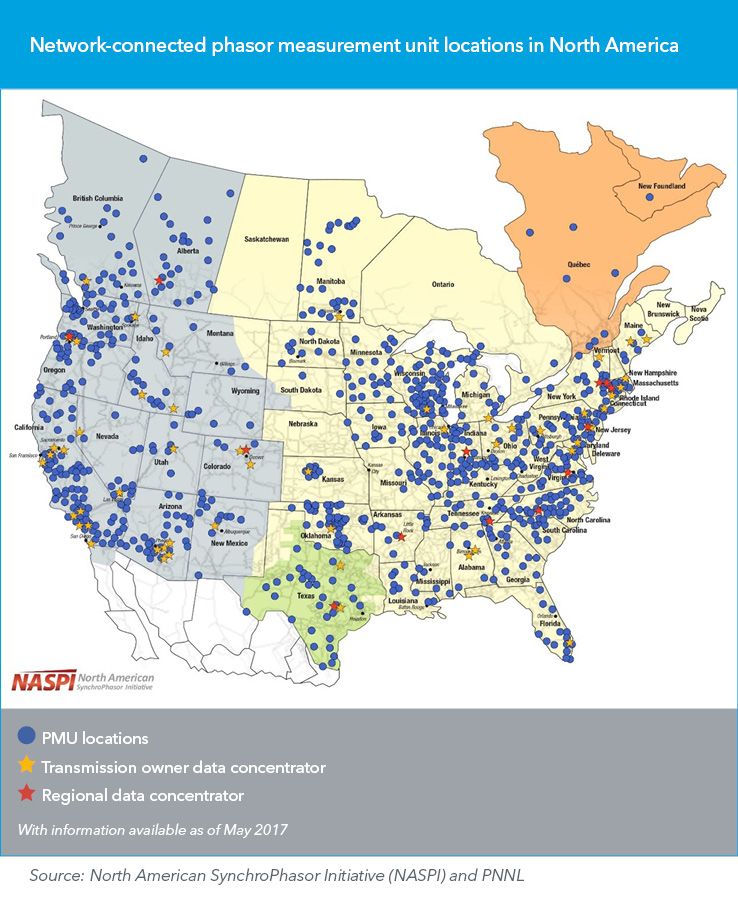
Future of time: Synchronization of electric power networks


Jeff Dagle, Chief Electrical Engineer, Pacific Northwest National Laboratory (PNNL)
Operating a modern interconnected power system requires uttermost precision. Multiple entities must remain closely coordinated at all times, managing myriad generators and other components synchronized with each other.
System operators keep track of time and use Coordinated Universal Time (UTC) in a variety of advanced applications. Even so, errors in measuring and distributing time will not necessarily result in power system failures. The power grid can operate without a common timing reference.
Nevertheless, advanced applications that rely on accurate and precise time may be disrupted, introducing reliability concerns. This article describes how precision time is used in power system operations, with a special emphasis on the role of UTC.
Control-centre applications
Normally, control centres utilize the prevailing local time zone. While UTC is sometimes used for automated data records, it is seldom used for human-to-human communications, unlike other real-time industries that span multiple time zones (e.g., air traffic control). Therefore, specifying the time zone is important when exchanging information between multiple organizations. Accurate time is necessary for logging events and coordinating actions. For applications that involve human operators, displays and other automation systems may be resolved to the nearest second of precision.
Generator dispatch
Changes, either in generation supply or customer demand, result in the system speeding up or slowing down, measured in tenths or hundredths of Hertz (Hz). Generation redispatch is a continuous process, and while accurately measuring frequency is necessary for the scheme to operate correctly, it does not require reference to time.

Sequence of events records
When a wide-scale disturbance (normally meaning a blackout) occurs, gathering event information requires sufficient precision to analyse the cascading failure sequence. Because automatic protection and control devices operate quickly, individual events must be resolved with millisecond precision to develop the sequence of events and conduct root cause analysis.
Furthermore, when an event transcends multiple organizations, investigators seek data synchronized to a common time reference. For example, the North American Electric Reliability Corporation (NERC) requires these records within ± 2ms from UTC.
Advanced measurement systems
In recent decades, the inexpensive and ubiquitous precision time provided by Global Navigation Satellite Systems (GNSS) has enabled advanced measurement.
Phasor measurement units (PMUs) that require a time synchronization source superior to a 10-microsecond (µs) precision, have been implemented worldwide, and since their measurements are shared between different organizations, UTC has been adopted as the timing reference.
More utilities are implementing advanced measurement systems for a variety of off-line and real-time applications. As these systems are deployed for increasingly critical applications, the accompanying requirements for more robust time synchronization increases in importance.

Advanced protection and control schemes
The International Electrotechnical Commission (IEC) has provided the emerging international standard for substation automation, IEC 61850, which may require as much as 1µs of precision for specific applications. Again, UTC is called out in this standard as a convenient reference.
Other advanced protection and control schemes rely on advanced time-synchronization methods. Examples of these include travelling-wave fault location and protection. Specifying UTC is most important when sharing data between organizations or when integrating multiple vendors’ products into a common scheme.
The impact of leap seconds
The use of UTC as a time-synchronization reference goes well beyond the electric power industry. Nearly every international engineering standard with time-synchronization requirements refers to UTC. A common time reference is essential when exchanging data between multiple organizations or locations.
UTC is occasionally adjusted to maintain Earth’s rotational synchronization. In some cases, PMUs have experienced leap-second disruptions during such adjustments, evidently due to inconsistencies in implementation between systems from different vendors or because of inadequate patching by end-users.
While implementing a leap-second rollover would seem like a straightforward process, issues are invariably discovered during the event that were not anticipated beforehand.
Leap seconds could be avoided altogether by switching to a different time reference, such as International Atomic Time (TAI). But given the wide acceptance and prevalence of UTC, there has been no impetus to make such a change.
Maintaining UTC as an international standard while introducing fewer leap-second adjustments could provide significant value to the electricity infrastructure sector going forward.
Perhaps switching to leap minutes − and hence adjusting our clocks about once a century rather than every couple of years − would be a reasonable long-term accommodation.
Download your copy of the ITU News Magazine: The future of Coordinated Universal Time.
Header image credit: PNNL
The PNNL Electricity Infrastructure Operations Center (EIOC) provides a realistic control-centre environment for training and advanced technology testing
